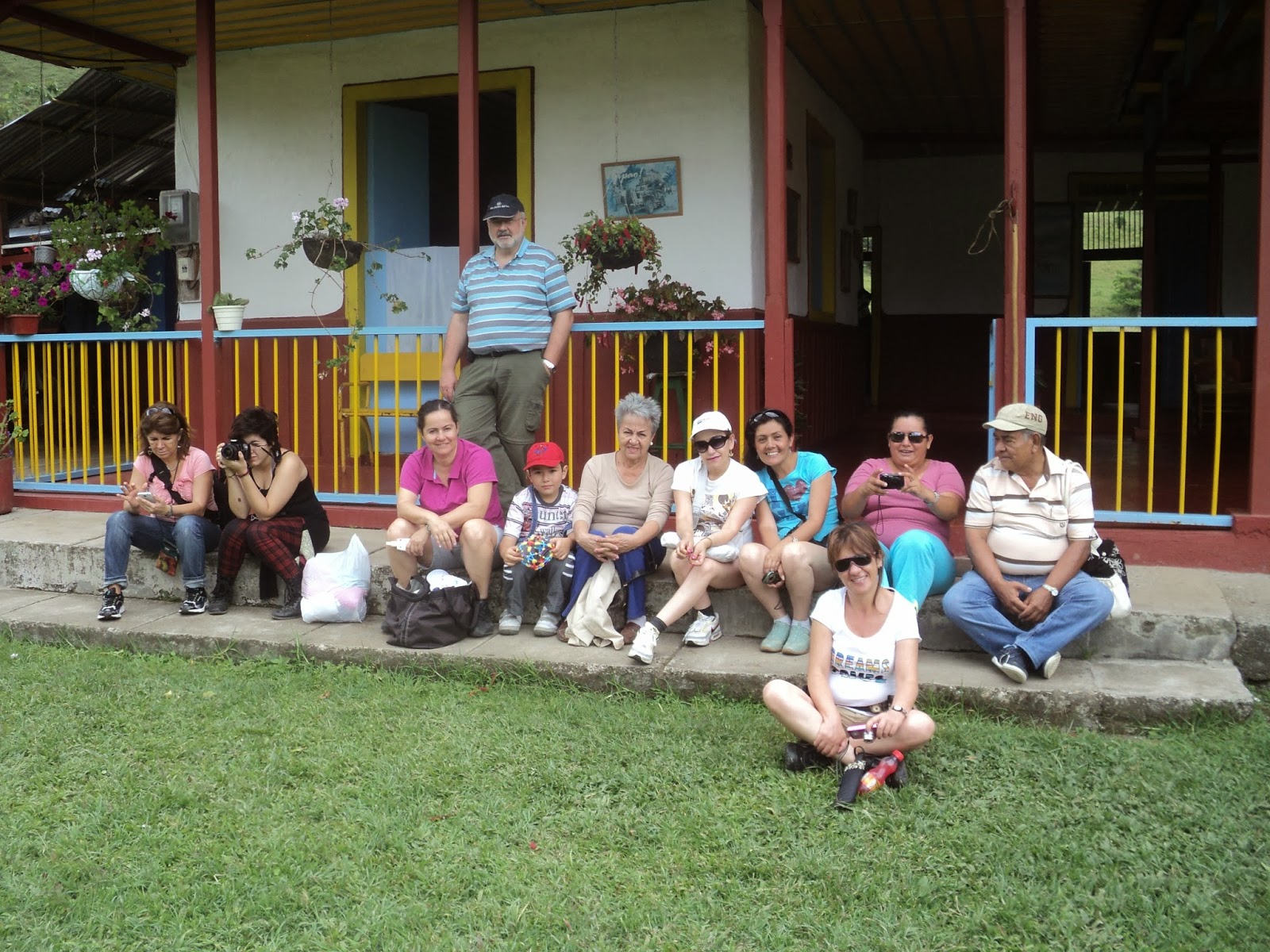The cave,
or rather the cave system, of Sursthellir is located in the center west
Iceland, in the middle of the great lava field of Hallmundarhraun . The lava
flow is about 3000 years old and measures 52 km long with an area of 252 km2.
The cave is
a large lava tube of more than 2 kilometers long with several entrances of the
type of that in the Canary Islands is called "jameos", that is,
effect of the subsidence of the vault that give access to the gallery.
From
kilometers before arriving to the cave, the scenery is absolutely volcanic, and
we can see lava domes, corded lava flows, subsidence wells and a broad sample
of volcanic forms. Vegetation virtually disappears and only reddish or black
rocks define a landscape that is dominated by cold wind and snow, even at the
end of June.
The two
main entrances to the cave are named Sursthellir and Stephanhellir.
Access is
not complicated, as a dirt track in quite good condition brings us up to the
vicinity of Sursthellir. Following the road 508 and close to Strutur High, one
takes road 578. The track descends to the valley of the river whose broad and
abundant water occupies the part of the valley not covered by the lava field.
After seven kilometers, we have a small esplanade where you can park and where there is a panel with some explanations and with a map of the cave.
We enter to
the cave by Sursthellir entrance, a collapse of the vault (as mentioned above)
that in consequence allows advancing in two directions of the gallery. Due to
time constraints (there is a lot to see in Iceland) we took the north gallery.
At the time that I was, the snow covered the wide mouth and meandered in the
gallery approximately twenty meters.
Descends
over the chaos of blocks caused subsidence of the vault, we continue by a zone
with the floor covered with medium size blocks, for about fifty meters in
length. From here on, the cave is shows its full dimensions: A magnificent
tunnel of about 10 meters high and wide, with cleared and flat ground and some
blocks fallen from the vault from time to time.
Walls show
the traces of the successive levels of lava circulating through the tunnel
until its abandonment, in the form of horizontal marks adhered to the sides of
the tunnel.
The soil of the gallery shows areas of corded lava, testimony of the last movement of lava through the
tunnel.
The gallery
continues until a second vault collapse, not usable for access or exit the cave
(except that you use caving equipment), and beyond up to a third and fourth
vault collapses by which you can exit.
Stephanshellir
cave starts here, and morphologically is part od the same cave system.
We regret
not having time for exploring the full system, but other Iceland marvels wait
for us.
































